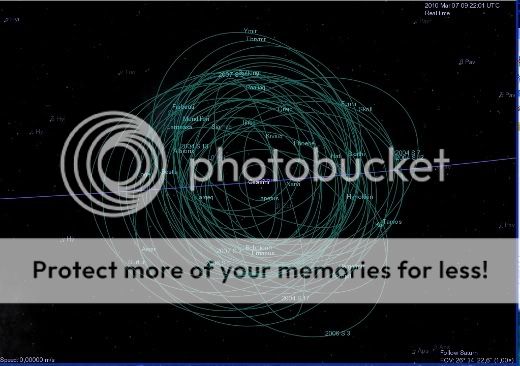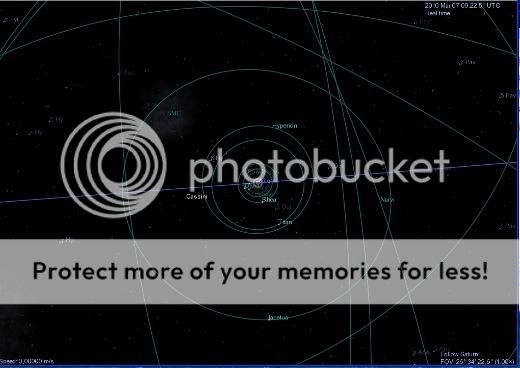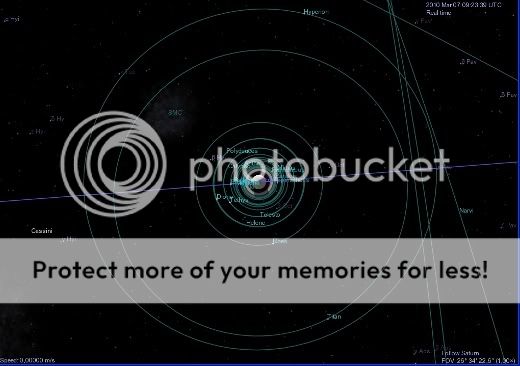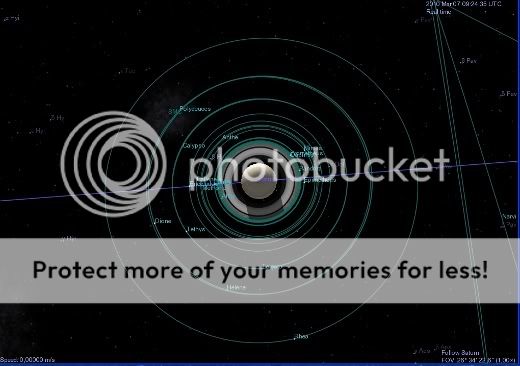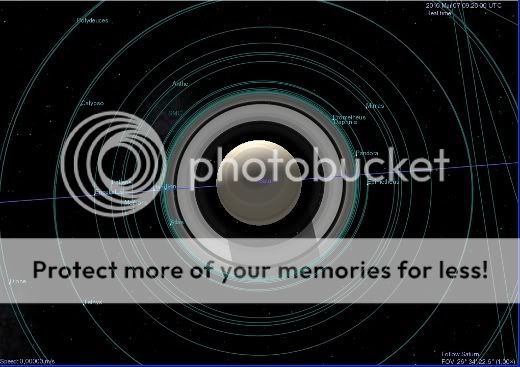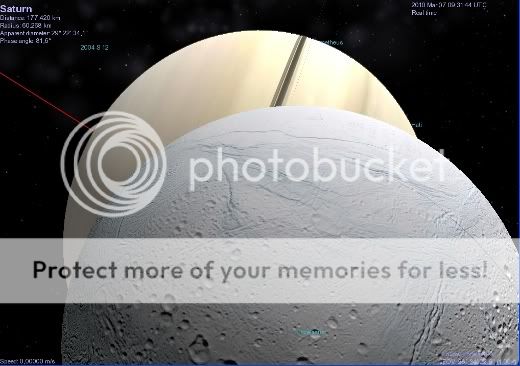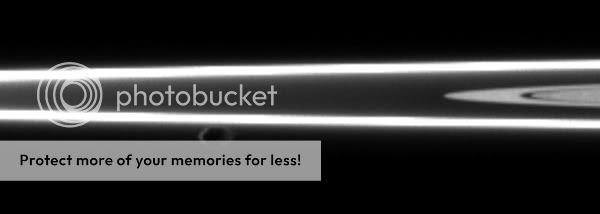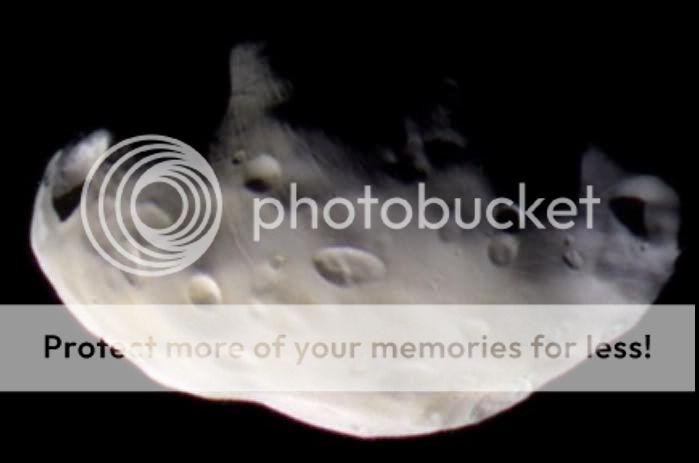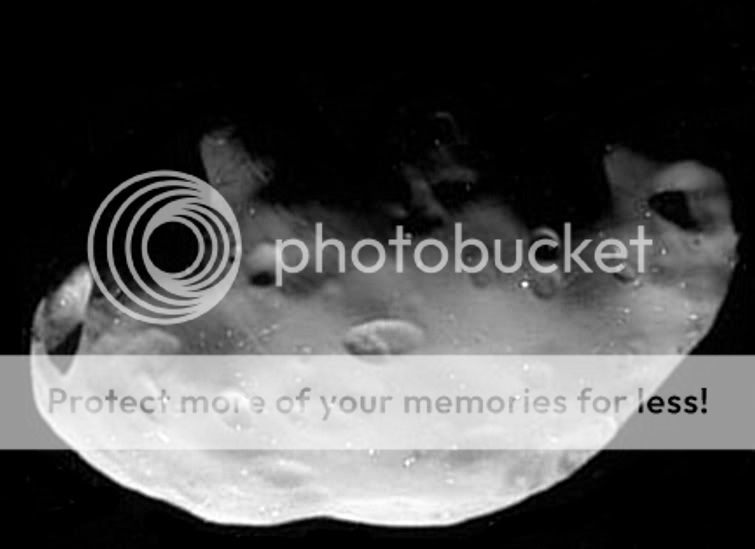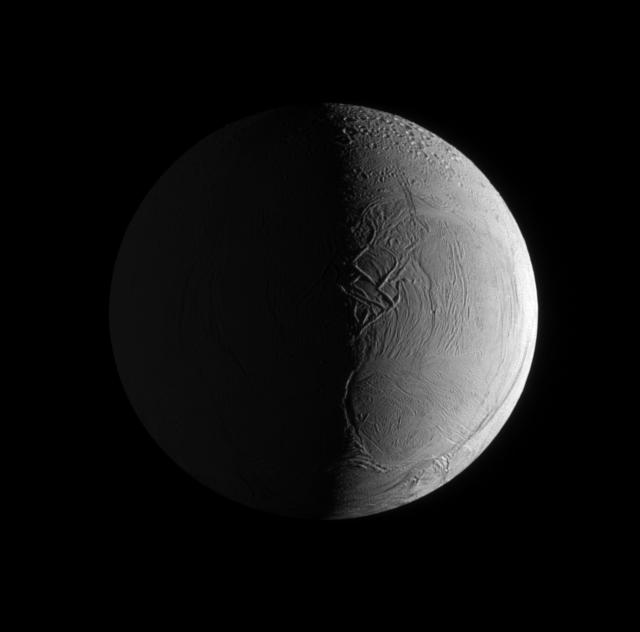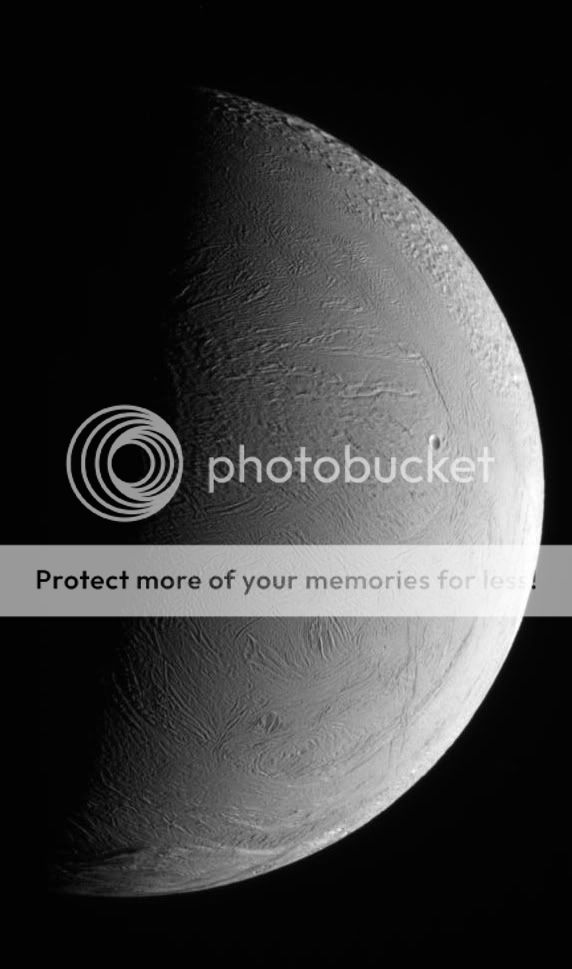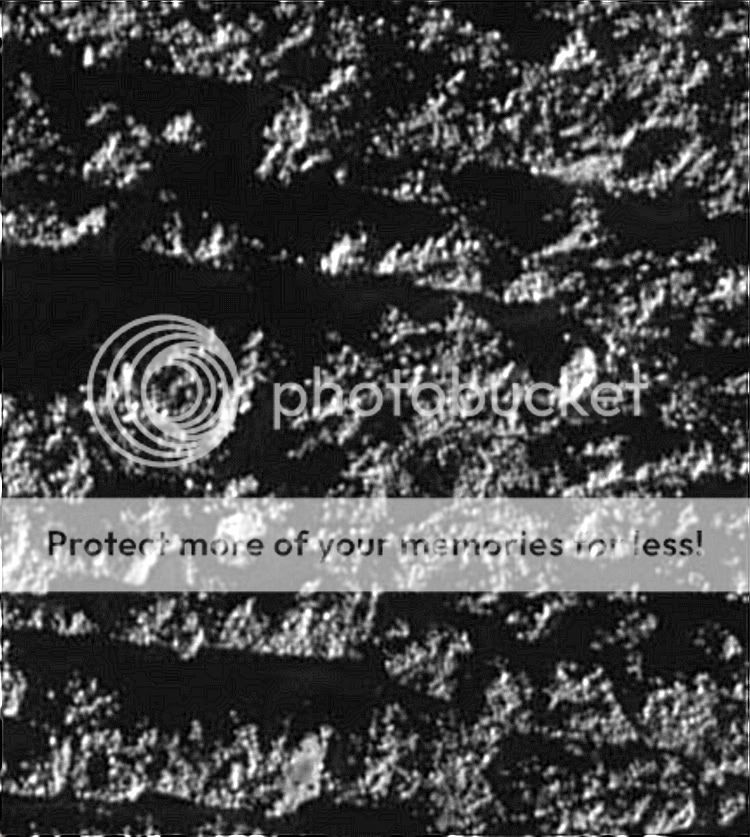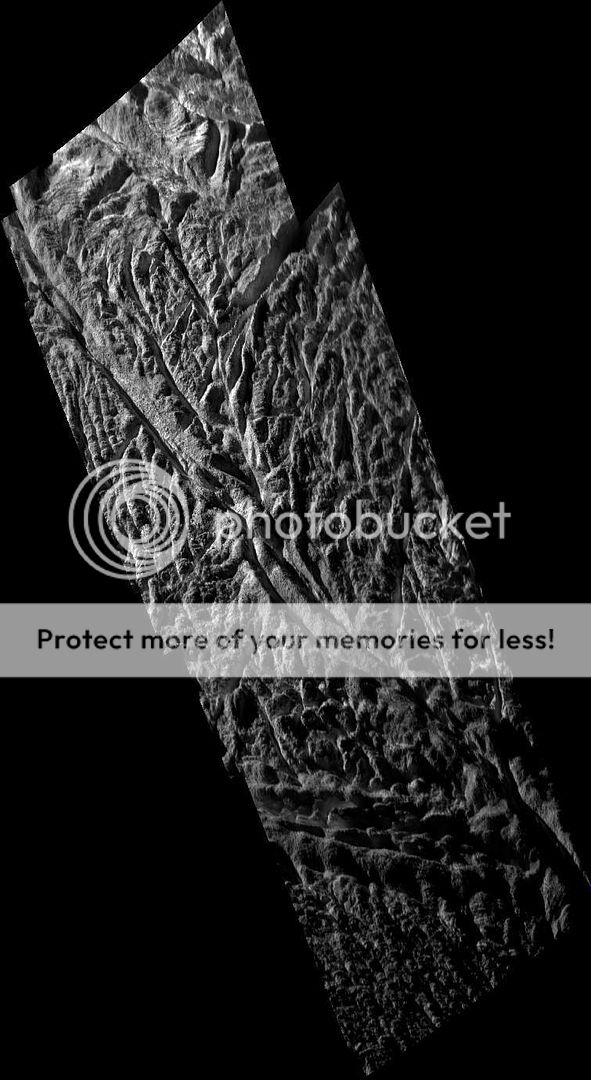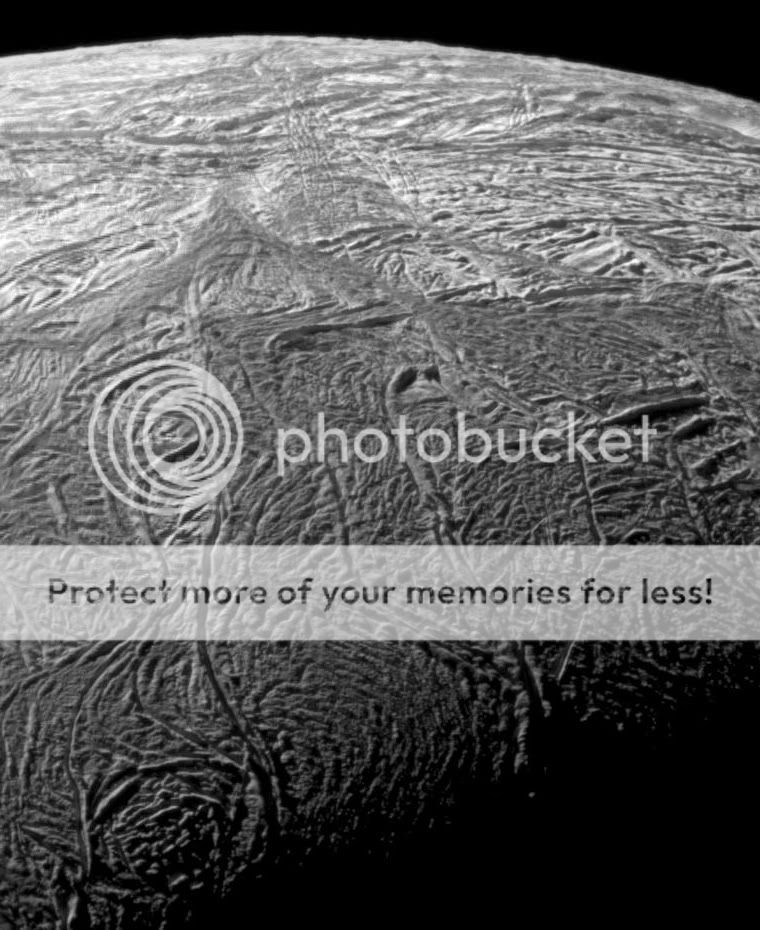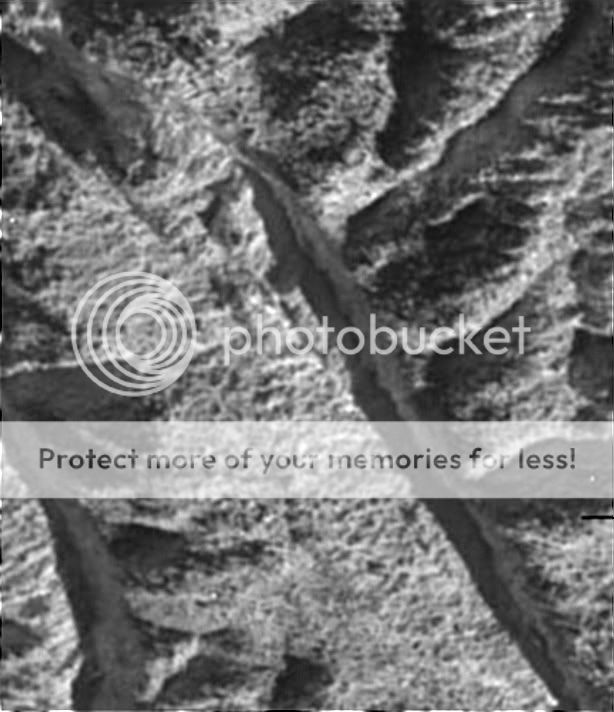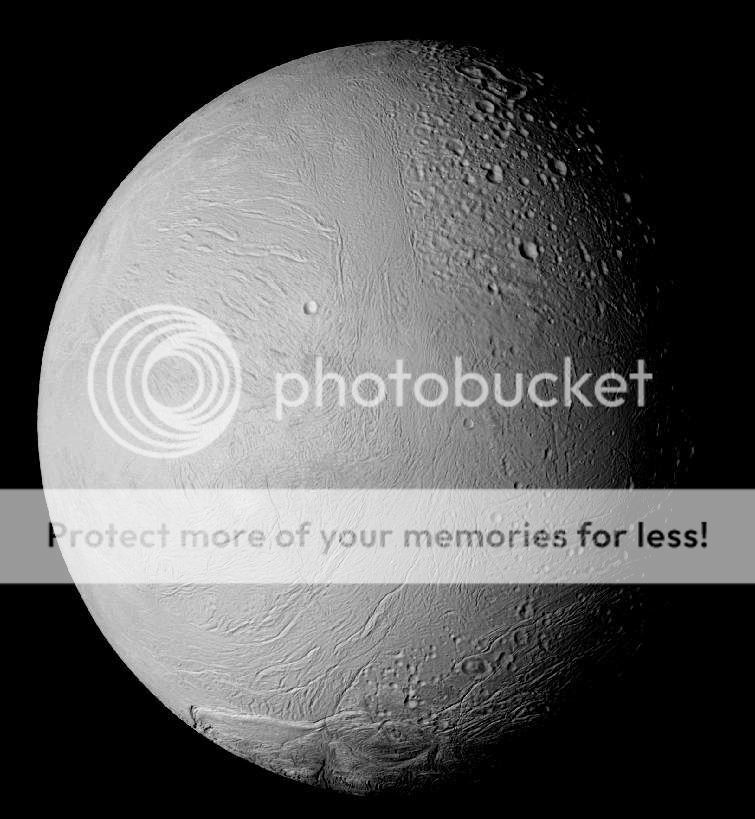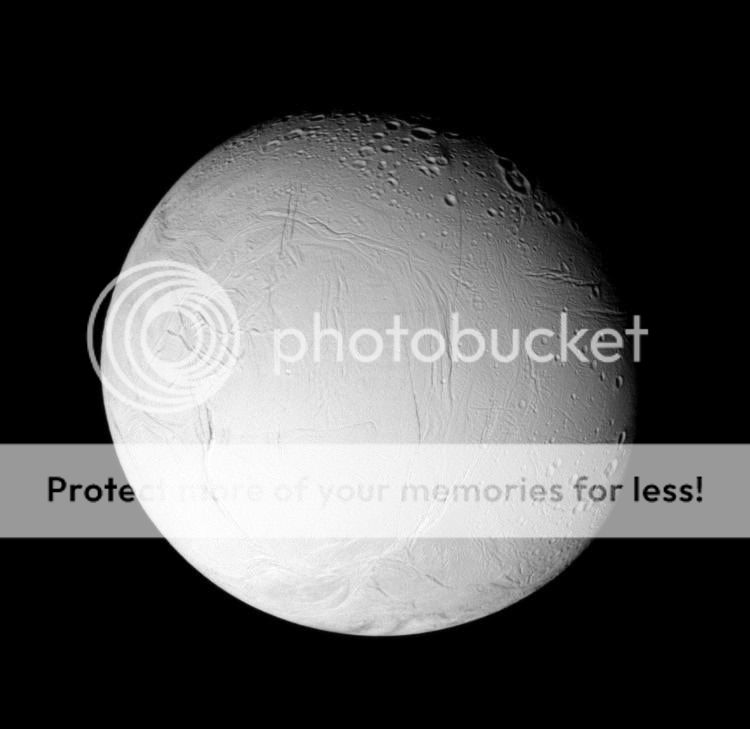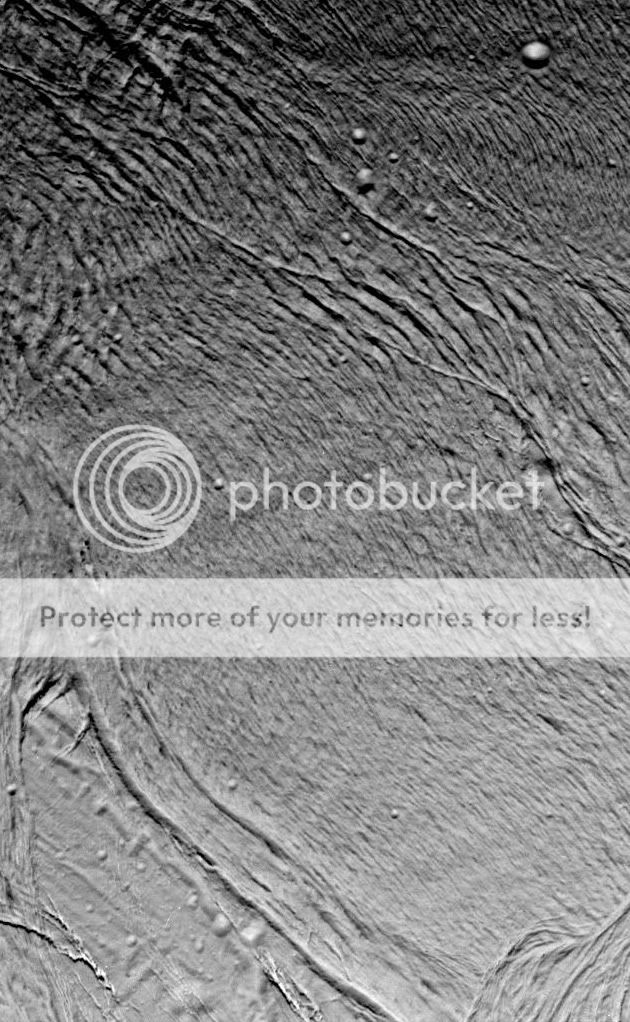E
EarthlingX
Guest
Enceladus is the sixth-largest moon of Saturn.
Wiki : Moons of Saturn
Cassini : About Saturn & Its Moons
Wiki : Saturn
Cassini : Saturn
Cassini : Saturn image gallery
Blinding Saturn

Wiki : Enceladus
Cassini : Enceladus
Enceladus to Scale

Enceladus in False Color

Cassini's annotated images from Enceladus image gallery
Map of Enceladus - February 2010 :

Polar maps - February 2010 :
South :

North :

The Enceladus Atlas, December 2008 :

Ancient Terrain on Enceladus

Enceladus Offset Spreading Center

Great Southern Land (Labeled)

The North Polar Region of Enceladus -- Labeled

Boulder-strewn Surface

Fractured World, December, 2006

Enceladus: Global Patterns of Fracture (Northern Polar Projection)

Enceladus: Global Patterns of Fracture (Southern Polar Projection)

Bursting at the Seams - mosaic - February 2010 :

Gas and Dust Jets Match Up

Enceladus Jet Sources

Enceladus Temperature Map

Enceladus Keeps the Home Fires Burning

Jet Spots in Tiger Stripes (Annotated)

Enceladus' Warm Baghdad Sulcus - February 2010 :

Baghdad Sulcus in Context -- Annotated - February 2010 :

Perspective View of Damascus Sulcus, Enceladus, September 2009 :

Perspective View of Baghdad Sulcus, Enceladus, September 2009 :

Perspective View of Cairo Sulcus, Enceladus, September 2009 :

Baghdad and Cairo Sulci on Enceladus (labeled)

Damascus Sulcus on Enceladus (labeled)

Plume Vent Models, June 2009 :

Enceladus Plume Neutral Mass Spectrum Description

Enceladus 'Cold geyser' Model :

Modeling 'Warm' Ice on Enceladus :



Enceladus Geysers Mask the Length of Saturn's Day

Water Vapor & Particles Over Enceladus

Enceladus Atmosphere Not Global

Enceladus Atmosphere

Wiki : Moons of Saturn
Cassini : About Saturn & Its Moons
Wiki : Saturn
Cassini : Saturn
Cassini : Saturn image gallery
Blinding Saturn

Wiki : Enceladus
Cassini : Enceladus
Enceladus to Scale

Enceladus in False Color

Cassini's annotated images from Enceladus image gallery
Map of Enceladus - February 2010 :

Polar maps - February 2010 :
South :

North :

The Enceladus Atlas, December 2008 :

Ancient Terrain on Enceladus

Enceladus Offset Spreading Center

Great Southern Land (Labeled)

The North Polar Region of Enceladus -- Labeled

Boulder-strewn Surface

Fractured World, December, 2006

Enceladus: Global Patterns of Fracture (Northern Polar Projection)

Enceladus: Global Patterns of Fracture (Southern Polar Projection)

Bursting at the Seams - mosaic - February 2010 :

Gas and Dust Jets Match Up

Enceladus Jet Sources

Enceladus Temperature Map

Enceladus Keeps the Home Fires Burning

Jet Spots in Tiger Stripes (Annotated)

Enceladus' Warm Baghdad Sulcus - February 2010 :

Baghdad Sulcus in Context -- Annotated - February 2010 :

Perspective View of Damascus Sulcus, Enceladus, September 2009 :

Perspective View of Baghdad Sulcus, Enceladus, September 2009 :

Perspective View of Cairo Sulcus, Enceladus, September 2009 :

Baghdad and Cairo Sulci on Enceladus (labeled)

Damascus Sulcus on Enceladus (labeled)

Plume Vent Models, June 2009 :

Enceladus Plume Neutral Mass Spectrum Description

Enceladus 'Cold geyser' Model :

Modeling 'Warm' Ice on Enceladus :



Enceladus Geysers Mask the Length of Saturn's Day

Water Vapor & Particles Over Enceladus

Enceladus Atmosphere Not Global

Enceladus Atmosphere





